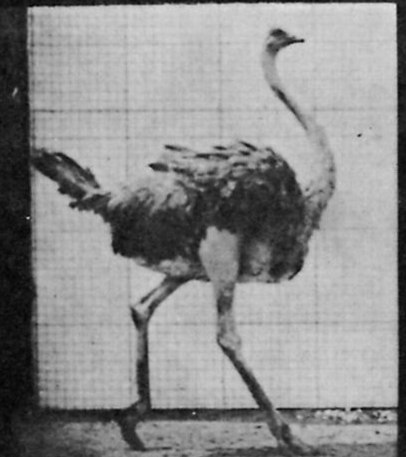In a tweet she published in the uproar after Cecil the lion’s killing, Roxane Gay delivered a line as funny and heartbreaking as anything George Carlin or Richard Pryor could have conjured. It was this:
It speaks brilliantly to racial injustice and the unequal way our empathy is aroused. Later on, in a separate tweet, the critic said something much less true while defending that great line:
Oh, it is a thing. We’ve based so much of our world on that very thing, and all of us, even those who’ve tried to be somewhat kinder, have benefited from this arrangement.
In a winding Foreign Affairs piece that traces the history of the long struggle against animal cruelty, Humane Society CEO Wayne Pacelle reveals what is uneven but significant progress and how the movement, which coalesced around a book written 40 years ago by moral philosopher Peter Singer, gained steam after shifting tactics, replacing moralizing with legislative efforts. An excerpt:
There was forward progress, many setbacks through the decades, and a wave of lawmaking in the early 1970s, but the biggest catalyst for change came with the publication of Peter Singer’s book Animal Liberation in 1975.
Singer’s book spurred advocates to form hundreds more local and national animal protection groups, including People for the Ethical Treatment of Animals in 1980. I was part of that wave, forming an animal protection group as an undergraduate at Yale University in 1985, protesting cruelty, screening films, and generally trying to shine a light on large-scale systemic abuses that few wanted to acknowledge. This grass-roots activism pushed established groups to step up their calls for reform and adopt more campaign-oriented tactics. Nevertheless, throughout the 1980s, the animal protection movement was still fundamentally about protest. The issues that animal advocates raised were unfamiliar and challenging, and their demands were mainly for people to reform their lifestyles. Asking someone to stop eating meat or to buy products not tested on animals was a hard sell, because people don’t like to change their routines, and because practical, affordable, and easily available alternatives were scarce.
It was not until the 1990s that the animal protection movement adopted a legislative strategy and became more widely understood and embraced. A few groups had been doing the political spadework needed to secure meaningful legislative reforms, focusing mostly on the rescue and sheltering of animals. Then organizations such as the HSUS and the Fund for Animals started introducing ballot measures to establish protections, raise awareness, and demonstrate popular support for reform. The ball got rolling with a successful initiative in 1990 to outlaw the trophy hunting of mountain lions in California, which was followed by the 1992 vote in Colorado to protect bears. Other states followed suit with measures to outlaw cockfighting, dove hunting, greyhound racing, captive hunts, the use of steel-jawed traps for killing fur-bearing mammals, and the intensive confinement of animals on factory farms. Today, activists are working to address the inhumane slaughter of chickens and turkeys, the captive display of marine mammals, the hunting of captive wildlife, and the finning of sharks for food. The United States alone now counts more than 20,000 animal protection groups, with perhaps half of them formed in just the last decade. The two largest groups, the HSUS and the ASPCA, together raise and spend nearly $400 million a year and have assets approaching $500 million.•

